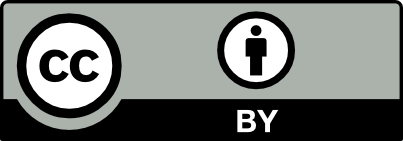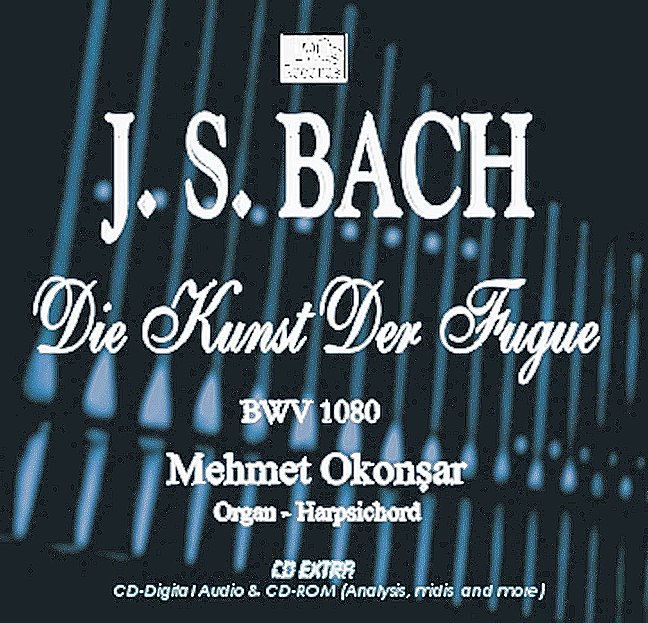
The Actual Dead Sea Scrolls Biblical And Extra-Biblical Documents Found In The Fifties
Short
presentation over the historical circumstances and the importance of
the Dead Sea Scrolls.
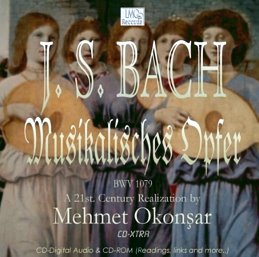
J.S. Bach "Musikalische Opfer"
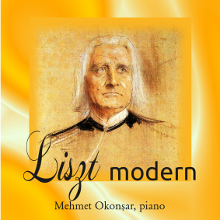
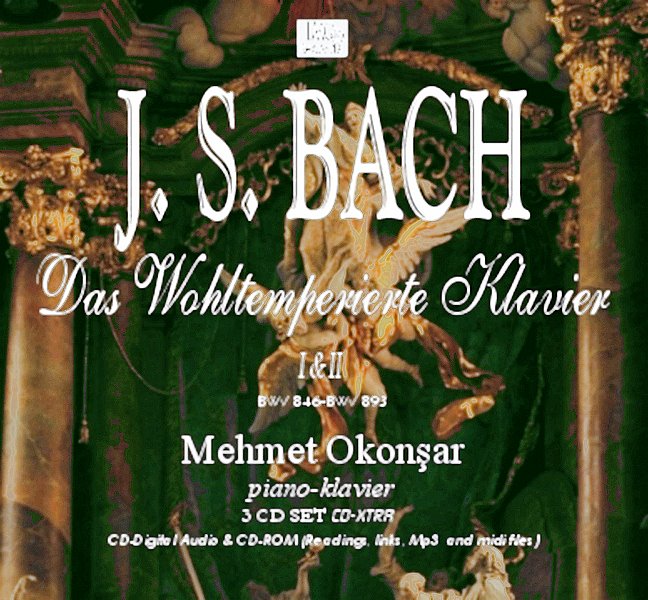

Recital: "Live at Salt Lake City"
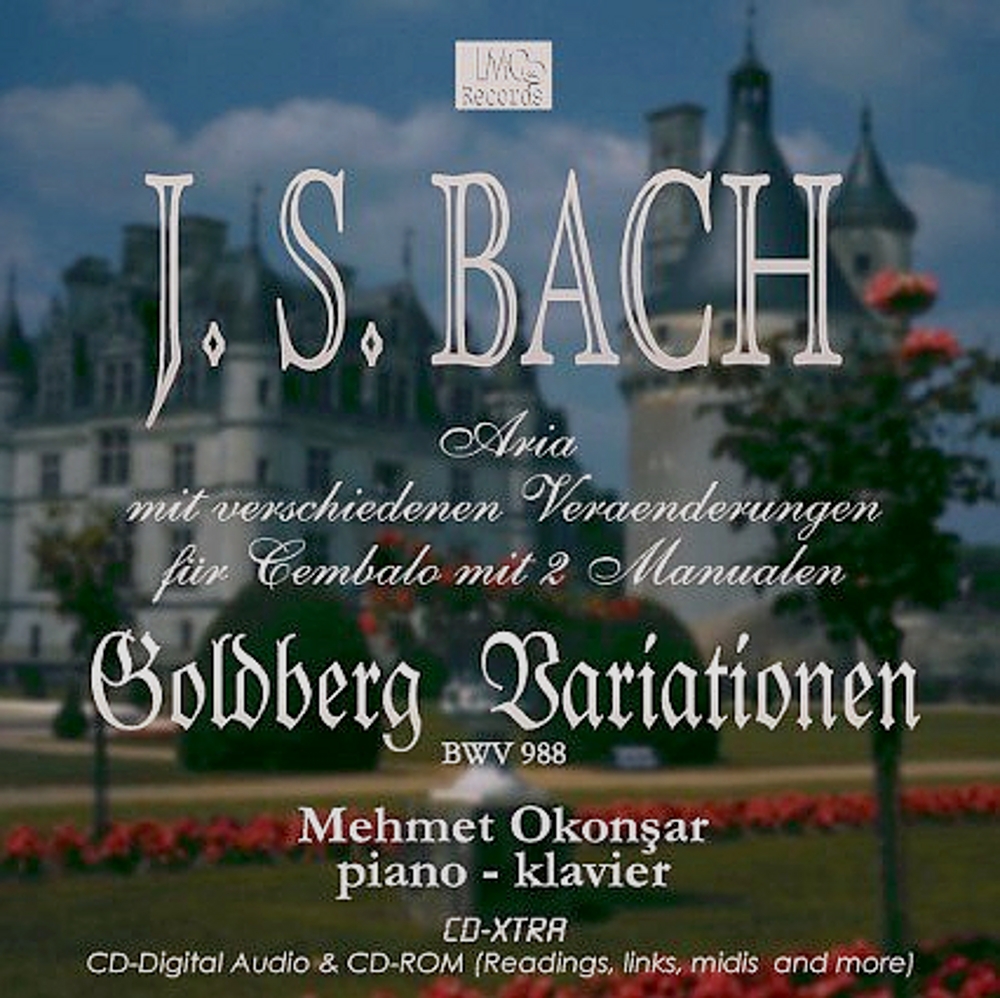
J.S. Bach The Goldberg Variations
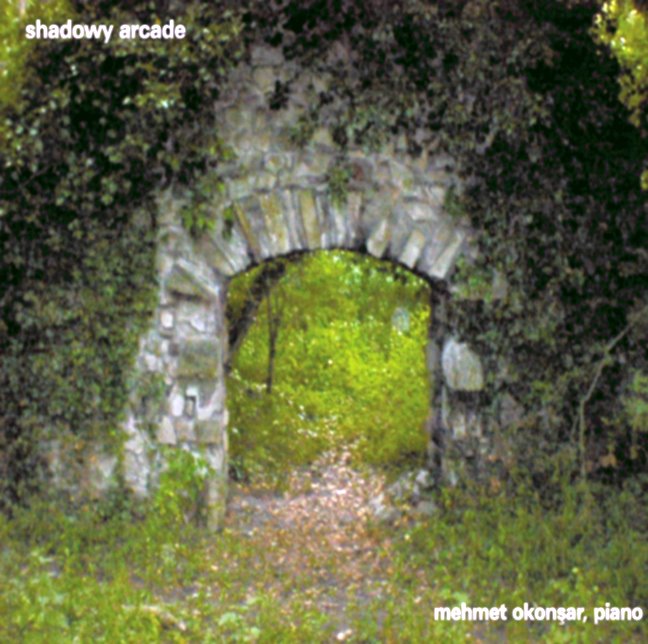
Piano Solo Improvisations: "Shadowy Arcade"
All CD's can be auditioned entirely and freely at their respective pages. Click on the images.

J.S. Bach The Goldberg Variations

Piano Solo Improvisations: "Shadowy Arcade"
All CD's can be auditioned entirely and freely at their respective pages. Click on the images.
The texts are of fantastic spiritual and also historic value, they contain the actual earliest recognized surviving replicates of Biblical and also extra-biblical documents and maintain proof of awesome distinctiveness inside advanced Second Solomon's Temple epoch of the Judaism.
They are created in Hebrew, Aramaic and also Greek, mostly on parchment, but along with a little bit penned on papyrus.
The particular scrolls are typically identified with the Judaic sect known as the Essenes, although a bit of current readings have questioned this specific association and defend that the scrolls ended up being composed by priests within Jerusalem, Zadokites, or other not known Judaic communities.
The actual Dead Sea Scrolls are split into three groups: "Biblical" hand-writings (clones of writings from the Hebrew Bible), which contain roughly forty percent of the all discovered ones; "Pseudepigraphical" manuscripts (i.e. "Apocryphal"), identified documents from the second Schlomo's Temple Period, similar to "Sirach","Tobit", "Jubilees", "Enoch" as well as some non-canonical Psalms which in turn encompass roughly one third that belong to the whole revealed scrolls; and also manuscripts of "Sectarian" types, previously unknown records that articulate towards the guidelines and philosophy of a distinctive group or communities throughout larger Judaism), those are like the "War Scroll", "Community Rule","Pesher" on Habakkuk ("commentary") and the "Rule of the Blessing", that also consist of close to thirty percent of the discovered scrolls.
A handful of those documents were released early. Each of the actual writings in Cave 1 appeared throughout printing between 1950 and 1956, those through eight other caves appeared to be released within 1963, and 1965 saw the publication that belong to the Cave 11: Psalms Scroll. Their particular translations into the English language quickly followed.
Even though publicized as one discovery associated with terrific occurrences inside modern day archeology, the breakthrough discovery of the scrolls is in fact not necessarily devoid of disputes.
Every bit of the particular manuscripts were initially put under the oversight of one committee of historians hired by the Jordanian Department of Antiquities. This responsibility appeared to be assumed by the Israel Antiquities Authority after 1967.
Earlier than 1968, a good number of them as well as pieces of those scrolls ended up being kept in the Rockefeller Museum in Jerusalem. After the Six Day War, these scrolls and fragments were initially relocated to the Shrine of the Book, in the Israel Museum.
The Publication of the scrolls took decades, and also the actual delay has got recently been a source of educational dispute.
By 2007, a pair of volumes keep to be finalized, together with the whole sequence, with breakthroughs in Judean Desert, running to thirty-nine volumes in whole.
Oriental Institute of the University of Chicago is home for some scrolls. Several of them are now kept within the "Shrine of the Book" inside Jerusalem, whilst some are housed in Princeton Theological Seminary, Southwestern Baptist Theological Seminary, Azusa Pacific University (all in the U.S.A.) and some in the hands of private enthusiasts.
The vast majority of the longer, fuller scrolls, happens to be revealed just after their particular discovery. The majority of the scrolls, on the other hand, contains miniature, weak pieces, which are revealed at a speed considered by many for being much too slow.
Much more disturbing for some was the point that the use of the unpublished files was basically restricted to the actual editorial board.
In 1991, specialists at the Hebrew Union College in Cincinnati, Ohio declared the invention of a computer software that utilized earlier revealed scrolls to reconstruct the unreleased writings. Officers from the Huntington Library in San Marino, California declared that they could enable research workers unrestricted authority to access the library's complete shots associated with the scrolls. Their monopoly weakened, the actual administrators associated with the Israel Antiquities Authority accepted to remove their long-standing limitations over the full use of the scrolls.
In autumn 1991, Wacholder shared seventeen documents that has been reconstructed within 1988 and put into the hands of historians outside with the International Team; in the same time, there took place the finding and publication of a total group of facsimiles that belong to the Cave Four materials at the Huntington Library, which appeared to be certainly not blanketed by the "secrecy rule".
Immediately after additional delays, public interest attorney at law, William John Cox acting representation of an "undisclosed client" presented a whole set of unregistered shots, and contracted for their particular publication.
Professors James Robinson and Robert Eisenman indexed the pics and authored an introduction to a "Facsimile Edition of the Dead Sea Scrolls", that has been published by the Biblical Archeology Society. Because of that, the actual "secrecy rule" had been lifted.
After the publication of the "Facsimile Edition", Professor Qimron sued Hershel Shanks, Eisenman, Robinson as well as the Biblical Archaeology Society for the purpose of copyright laws infringement of just one of the scrolls, that he decrypted. The Area Court of Jerusalem found in favor of Qimron.
The Court gave a restraining order, which in turn disallowed the publication that belong to the deciphered text. Defendants appealed the Supreme Court of Israel, that approved the District Court's decision, in 2000.
The Top Court further required that the defendants give over to Qimron every one of the actual infringing duplicates. The decision met Israeli as well as foreign critique from copyright regulation researchers.
Emanuel Tov, well-known scholar, was appointed as editor-in-chief in 1990. Publications associated with the Cave Four documents soon started, together with five volumes within print through 1995.
London publisher "Facsimile Editions" has been commissioned in 2007 by the "Dead Sea Scrolls Foundation" for creating genuine facsimiles of three scrolls. From the initial three facsimile collections, an exhibition in Seoul, South Korea, showed one and the second set appeared to be purchased by the British Library.
Usage rights:
You can use
this article under the Creative Commons License CC-BY. This license
lets you distribute, remix, tweak, and build upon my work, even
commercially, as long as you credit me, by displaying the information
on me given below verbatim for
the original article.
Mehmet
Okonsar is a
pianist-composer-conductor and musicologist. Besides his international
concert carrier he is a prolific writer. Founder of the first classical
music-musicology dedicated blog-site: "inventor-musicae"
as well as the first classical-music video portal: "classical videos".
